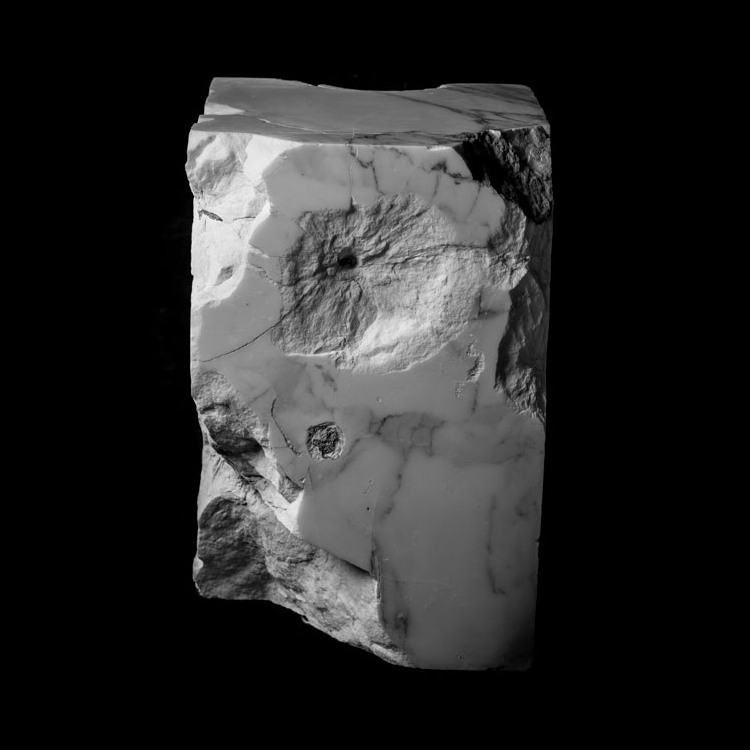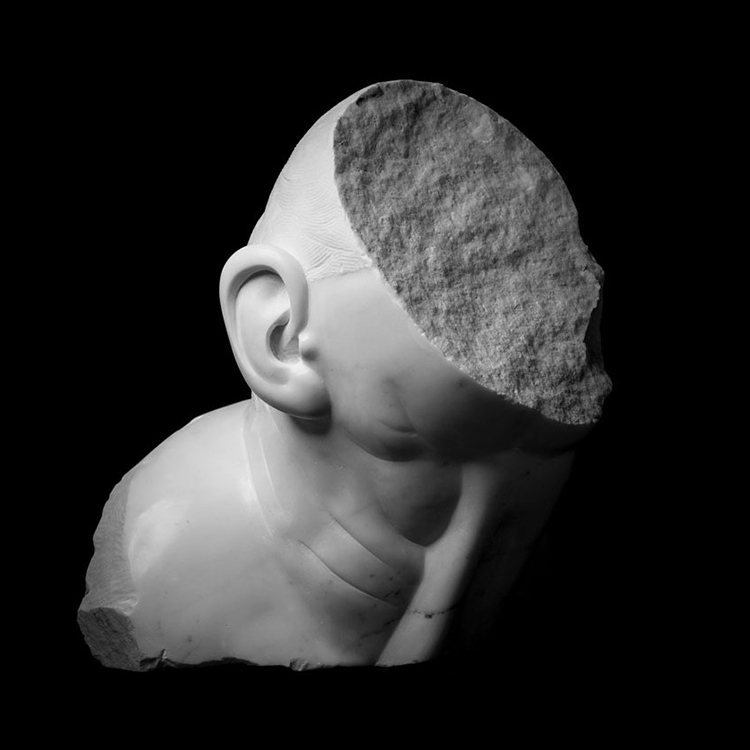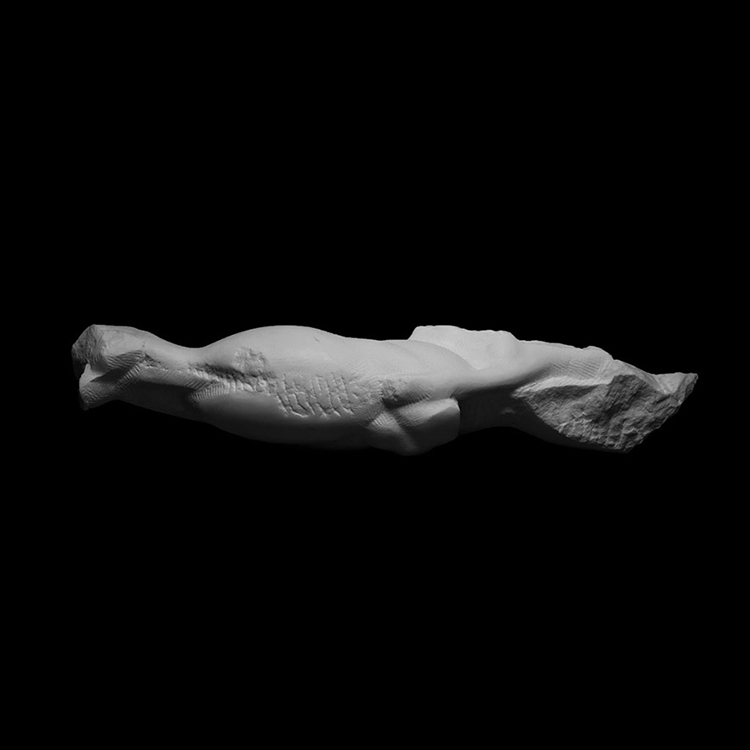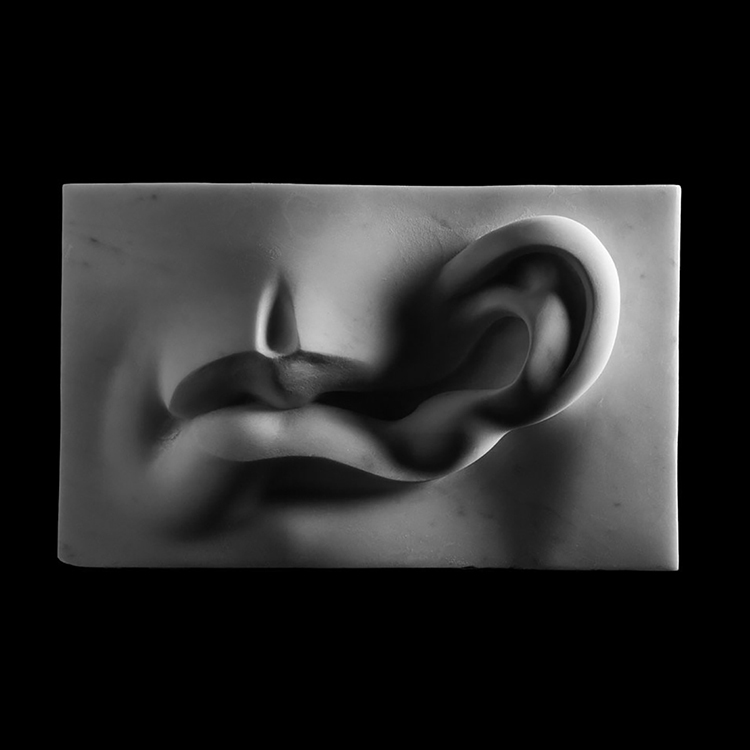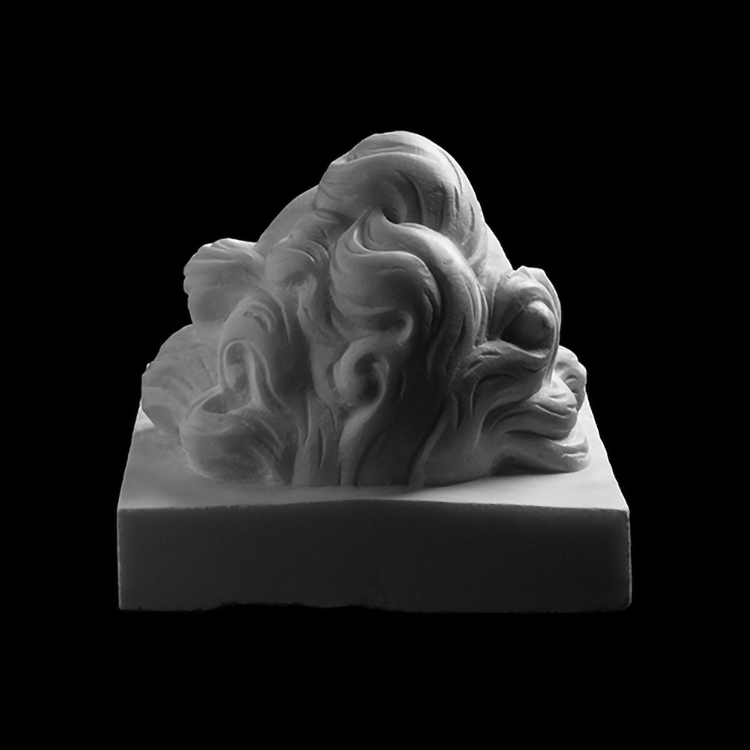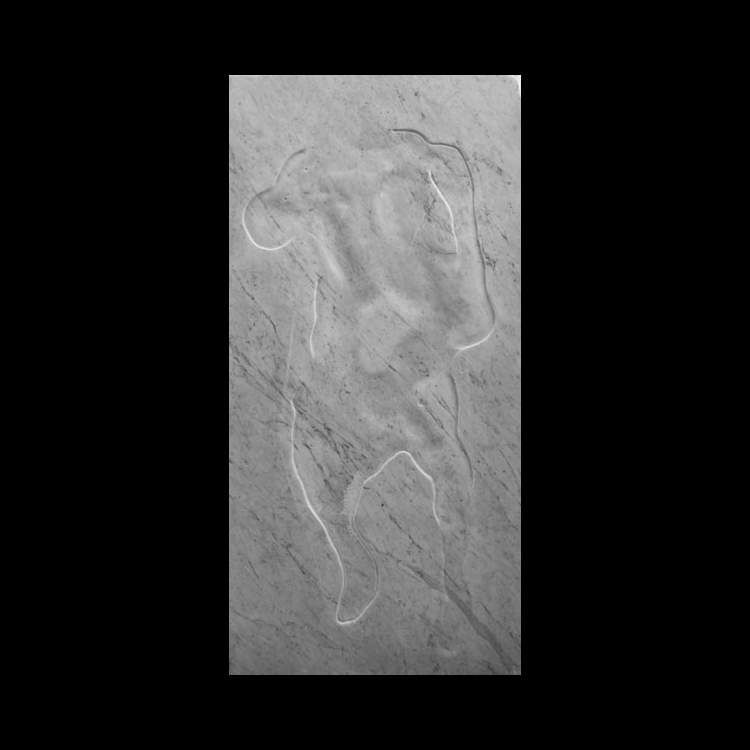Buddha's Nightmare
When looking at the works of artists like Dan Flavin or Piero Manzoni, one wonders where the artwork resides.
In the case of Dan Flavin, is the artwork the emitted light and its effect on the environment, or is it the physical object from which the light is emitted? When the gasses inside the tube are consumed, will the artwork be over? Or will the replacement of the tube with a new one revive it? What happened to Piero Manzoni’s balloons inflated with his own breath once the air has escaped the balloons?
If in Dan Flavin’s case the artwork was the projected light and its affect on the surrounding environment, or in Piero Manzoni’s it was the breath contained inside the balloons, then aren’t the objects themselves structure of support, a body, a container, through which the artwork can exist and manifest itself? Just as our body, with its complex anatomy and intricate network of nerves and neurons, is only the carrier of our soul. What will happen to our soul once our body perishes?
If a flower loses all its petals, is it still a flower?
At best, sculptures are physical representations of ideas. The embodiment of a concept. In Western tradition, Classical Greek sculpture was about the harmonious proportions of mathematical relations. Gothic sculptures were primarily created as devotional objects in service to Christianity. Michelangelo’s David stands as a symbol to Humanism and the revival of Platonic philosophy. The tendency for sculpture to embody a concept still exists today.
By contrast, true “conceptual art” is characterized by the emancipation of an idea from its physical vessel. The concept, no longer needing a body to exist, transcends it, finally reaching its Nirvana.
Nirvana means fading away without remainder, and the cessation of bodily craving. It’s reached by giving it up, relinquishing it, letting it go, not clinging to it. The discussion concerning what we should do with the inevitable entropy of artworks comes to mind. Must we restore or conserve? The answer might reside in a third option. Perhaps we must learn to let go.
Buddha’s endeavour was aimed at achieving Nirvana – the definite detachment of the soul from its earthly body and avoiding reincarnation; the liberation from endless cycles of rebirth, the final deathless state.
He apparently succeeded.
Apparently.
Aren’t statuary representations of him fundamentally contradictory of his intentions? It must be frustrating to devote a whole life to transcend one’s own body, only to see it reproduced (reborn) in stone, time and time again.
Notwithstanding the fact that the horrendous destruction of the Bamiyan Buddha’s was a deplorable act, one can claim that the uncivil thugs responsible for the operation unintentionally annihilated their own original iconoclastic interest exactly by carrying out an action sought-after by Buddha himself. Ironically, Nirvana’s literal meaning can be translated as “blowing out”.
Did not the so-called Islamist terrorist help Buddha, and the statues representing him, reach their own Nirvana? Thus (perfectly in line with the concept of perennial gale of destruction that drives forward the capitalism that they so openly intent to destroy), creating a more faithful, dare I say, a more ‘fundamentalist’, representation of the Buddha through destruction? By eliminating the representation of his body, they inadvertently acted in accordance with his teachings. They claimed to be acting in the name of one god, but achieved the most perfect representation of another.
From the point of cultural heritage preservation and knowledge, the current endeavour to rebuild the destroyed monument is unfortunate from a spiritual point of view. Nirvana also means the fading away without remainder, the cessation of the craving, giving it up, relinquishing it, letting it go, not clinging to it. But enormous efforts are undertaken to rebuild (reincarnate) once again that which explicitly does not want to be reborn.
Perhaps Buddha was right when he claimed that humans are overpowered by ignorance and greed. And that they could never recognize the path pointed in his teachings.




